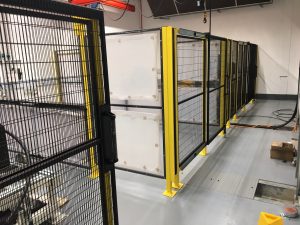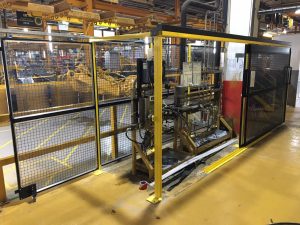Machinery guarding is an essential component of industrial safety, designed to protect workers from hazardous machinery parts and processes.
Effective guarding minimises the risk of injuries, ensuring a safe working environment. In the UK, strict regulations govern the implementation of machinery guarding, aiming to enhance worker safety and reduce workplace accidents.
The UK has established a robust framework of regulations to ensure machinery safety, focusing on both employers’ and manufacturers’ responsibilities.
Understanding these regulations is crucial for businesses to remain compliant and protect their workforce from potential hazards associated with machinery operations.
UK Regulatory Framework
The UK regulatory framework for machinery guarding is anchored by key legislations such as the Health and Safety at Work Act 1974 and the Provision and Use of Work Equipment Regulations 1998 (PUWER).
These regulations set out comprehensive requirements for the safety of machinery in the workplace, ensuring that all equipment is safe to use and properly maintained.
These regulations are designed with the primary aim of safeguarding workers.
By mandating regular risk assessments, proper maintenance, and adequate training, the UK regulations create a proactive approach to workplace safety, reducing the incidence of machinery-related accidents and injuries.
Health and Safety at Work Act 1974
The Health and Safety at Work Act 1974 is a foundational piece of legislation that places the responsibility of ensuring safety squarely on employers.
It mandates that employers must provide a safe working environment, which includes proper machinery guarding to prevent accidents and injuries.
Employers and manufacturers must comply with this Act by implementing effective safety measures and regular audits.
Failure to comply can result in severe legal consequences and significant financial penalties, underscoring the importance of adhering to these safety requirements to protect both workers and the business.

Provision and Use of Work Equipment Regulations 1998 (PUWER)
PUWER 1998 provides specific guidelines on the use and maintenance of work equipment, including machinery guarding. It requires that machinery must be suitable for the task, properly maintained, and equipped with appropriate guards to ensure the safety of operators and other employees.
Risk assessments play a crucial role in PUWER compliance, helping identify potential hazards and implement necessary safety measures.
Businesses must ensure that their machinery guarding solutions meet the standards set by PUWER, thereby fostering a safer and more efficient working environment.
Benefits of Compliance
Compliance with machinery guarding regulations significantly enhances worker safety, reducing the risk of accidents and injuries.
By implementing effective guarding solutions, businesses can protect their employees, ensuring a safer workplace and fostering a culture of safety.
In addition to improving safety, regulatory compliance also brings operational and financial benefits. Properly guarded machinery operates more efficiently, reducing downtime and maintenance costs.
Moreover, adherence to regulations helps avoid legal issues and financial penalties, contributing to the overall sustainability and success of the business.

Practical Steps for Ensuring Compliance
To ensure compliance with machinery guarding regulations, businesses should conduct regular risk assessments and safety audits.
These assessments help identify potential hazards and evaluate the effectiveness of existing safety measures, enabling continuous improvement.
Training employees on the proper use and maintenance of machine guards is also crucial. Well-trained staff are more likely to follow safety procedures, reducing the risk of accidents.
Investing in high-quality, compliant machinery guarding solutions further ensures that businesses meet regulatory standards and protect their workforce.
Common Challenges and Solutions
Achieving compliance with machinery guarding regulations can be challenging, especially for businesses unfamiliar with the requirements.
Common obstacles include understanding the specific regulations, maintaining up-to-date safety measures, and ensuring that all equipment meets the required standards.
To overcome these challenges, businesses can adopt best practices such as engaging with safety consultants, staying informed about regulatory updates, and implementing regular training programs.
These measures help ensure that businesses remain compliant and create a safer working environment for their employees.

Conclusion
Adhering to regulatory compliance in machinery guarding is crucial for ensuring worker safety and operational efficiency.
By understanding and implementing the requirements of key UK regulations, businesses can protect their employees, avoid legal issues, and foster a culture of safety within the workplace.
Ensuring compliance not only benefits the workforce but also contributes to the overall success and sustainability of the business.
